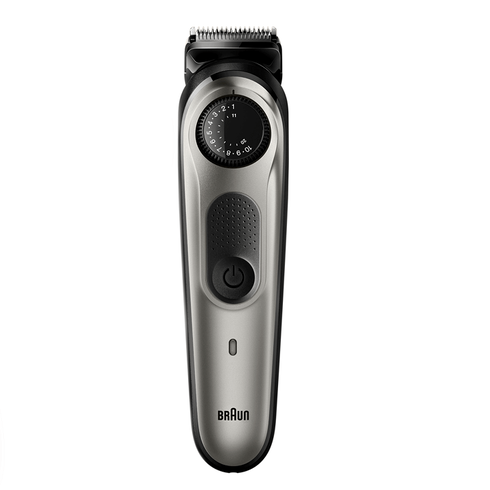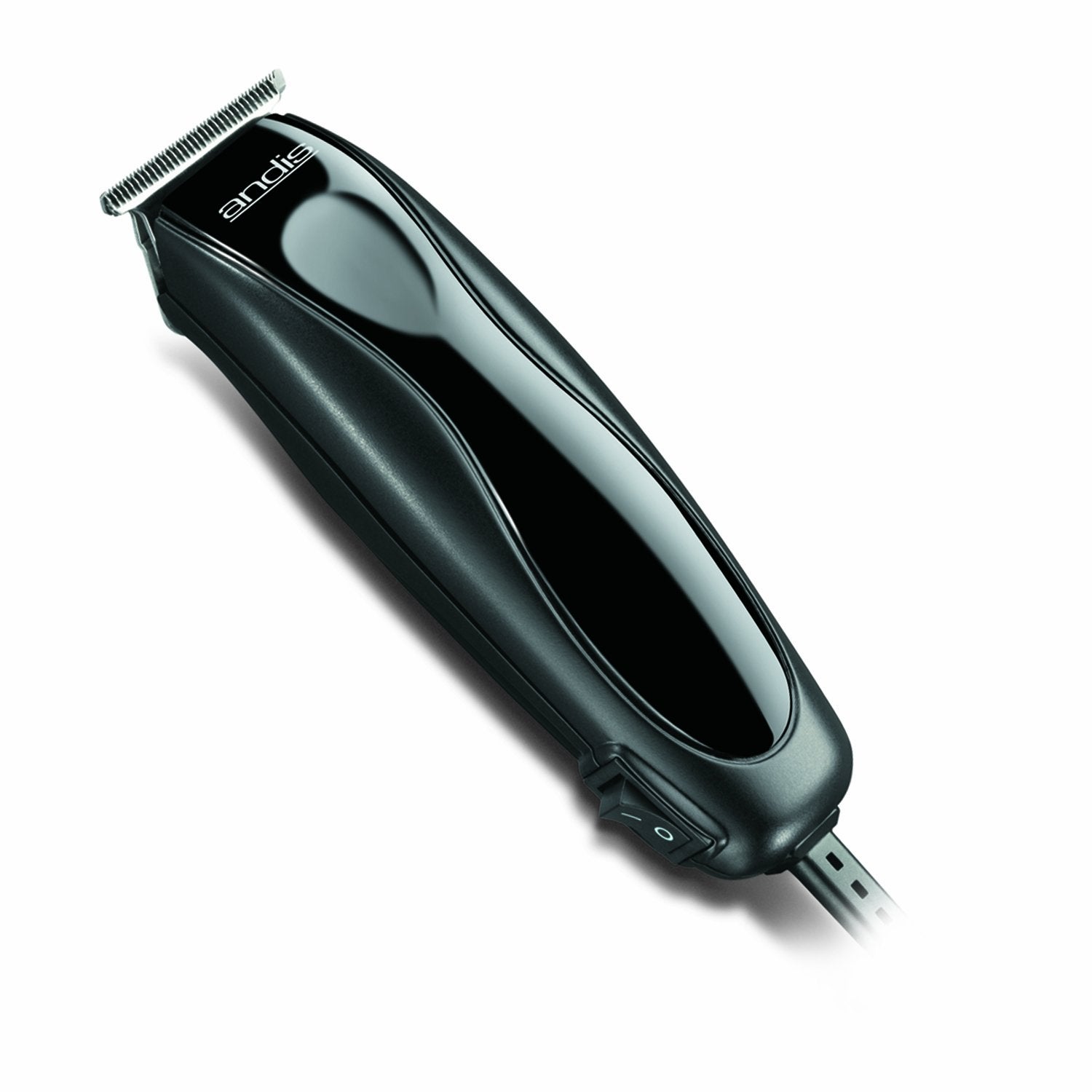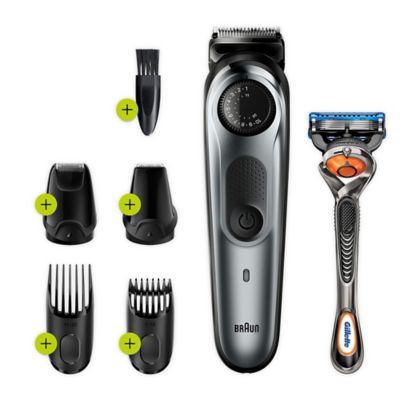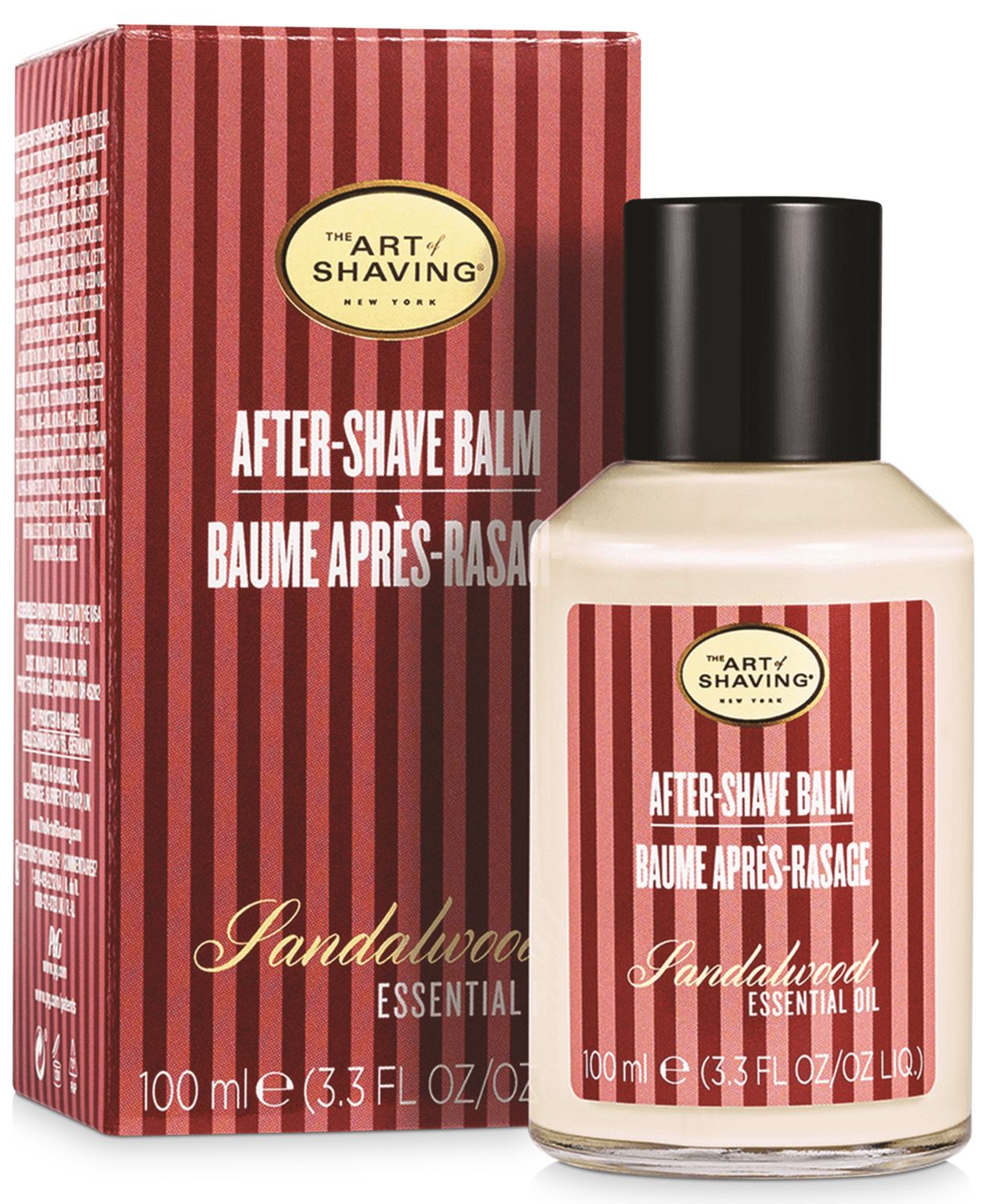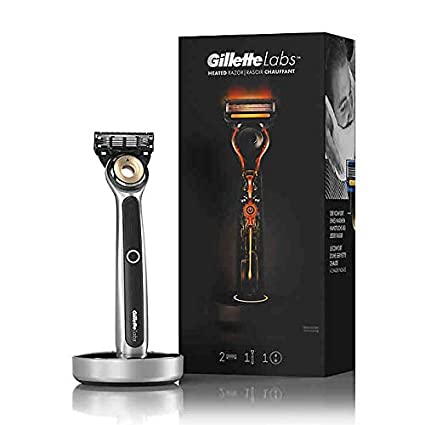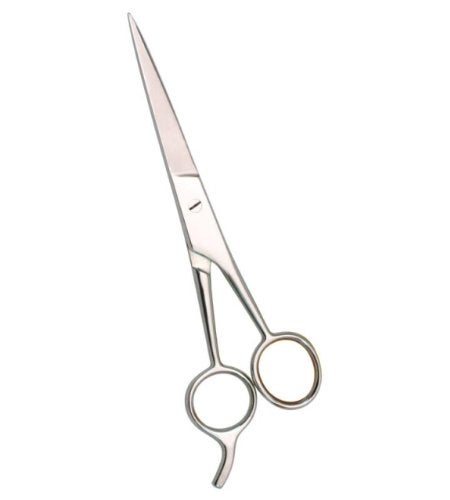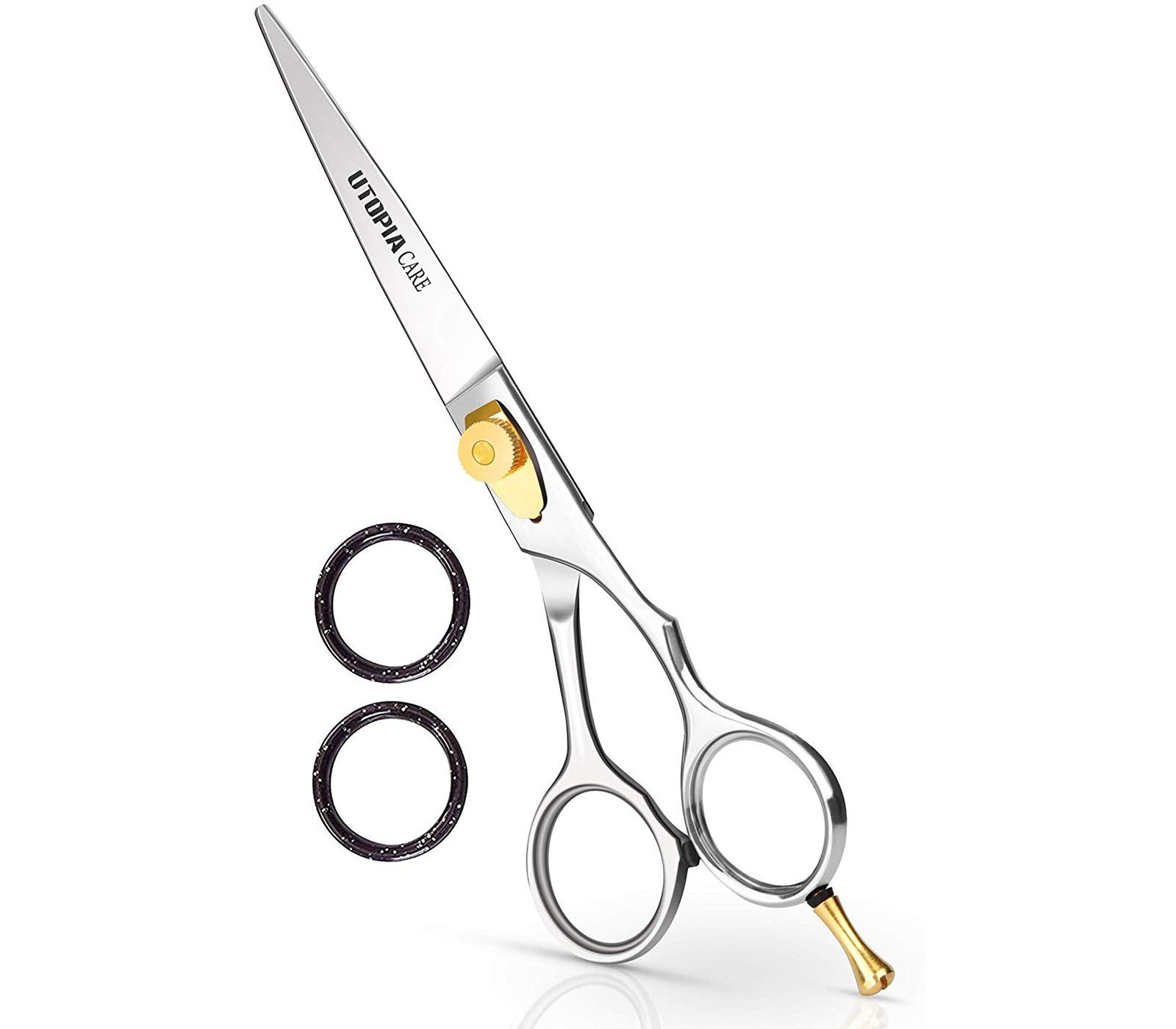At this point, Zoom happy hours and IGTV workouts have become part of our new normal as we self-isolate to slow the spread of COVID-19. The idea of cutting our own hair (or a loved one's hair who we live with) feels just as novel, but since heading to the barbershop for a weekly trim, shape-up, or haircut is temporarily impossible, you may be feeling the itch to take matters (and clippers) into your own hands.
With tons of tools available to shop online right now, who's really stopping you from playing barber for the day? To start, most stylists are encouraging their clients to refrain from home cuts unless completely necessary. "I suggest letting your hair grow until we can all get to work again," says Philip Wolff, stylist and Matrix global ambassador.
AdvertisementADVERTISEMENT
However, if you do require a cut now, or need to help a loved one or roommate you're in isolation with, we suggest heeding tips from our experts. With many different types of haircuts and tools out there, we tapped the pros to break down everything you need to know before turning your bathroom into a barbershop, ahead.
For A Basic Buzzcut
According to Oswald Wiggan, master barber with The Art of Shaving, a buzzcut is probably one of the easier haircuts to maintain at home. To complete it, you'll need a pair of clippers with guards, which provide the option for a variety of lengths. Wiggan suggests starting with a longer setting to start. "You can always go shorter," he says.
The key, Wiggan explains, is to make sure to go over your head evenly to get a uniform cut. "Start at the top of your head to make sure you like the length," he says. "If you're balding in any areas, you may want to use a longer setting in those places to leave more coverage." Wolff also recommends staying focused on keeping your clippers parallel to the natural curves of our head to get an even result. "Use scooping motions to remove the hair," he says.
Lubing up your blades with a lightweight oil is also important to make the whole process smoother. "A dry clipper that hasn't been used in a while can and will snag hair," Wolff says. "It'll make the experience unforgettable — and not in a good way." Once you're satisfied with your finished results, Wiggan says to clean your blades before putting them away, but avoid alcohol since it can cause rust. "Most barbers use Clippercide for a quick disinfectant since it's anti-rust and it lubricates," he says. "However, don't underestimate the power of soap and water."
AdvertisementADVERTISEMENT
For A Clean Shave
Also on the easier side of the at-home haircut spectrum is a clean shave. "You don't have to worry about lines and fading with this cut," says Wiggan. Before attempting, he suggests making sure your hair is no longer than a quarter of an inch. "Long hair can get caught in the blade and cause tugging, pulling, and irritation," he says.
Though a clean shave leaves less room for error, there's still some prep work that goes into a thorough job. Wiggan suggests using a pre-shave oil to help soften the hair and improve razor glide. "Then, lather up with shaving cream and a shaving brush to help deliver more moisture and further soften the hair," he says. "The more time spent on your prep, the easier your shave will be."
Ready to go? Wiggan suggests a clean, five-blade cartridge. "I like the Gillette Labs Heated Razor," he says. "It has a warming bar and flex disc, which helps maintain contact with your scalp as you move around your head." To ensure the safest finish, shave against the hair's growth. "Most people will feel smooth after one pass, but if needed, lather up with more shaving cream and do a second," Wiggan explains.
When all of the hair is removed, use a cold, wet washcloth to gently remove any leftover shaving cream and finish with an alcohol-free aftershave to calm the skin. "I recommend The Art Of Shaving After-Shave Balm, which has shea butter and glycerin to hydrate," he says.
AdvertisementADVERTISEMENT
To Clean Up Your Hairline
A clean hairline is the sign of a fresh haircut, so even if you don't want to buzz or trim your entire head, freshening up your lines can make your style look much neater. "You can do this with clippers or by shaving the area," Wiggan says.
If shaving with a blade, he recommends applying shaving cream all over the hairline before removing product from the hair you want to keep to get a better visual. Or, if you're using clippers, opt for oil instead of shaving cream and make small scooping motions to remove the unwanted hair.
As far as your neck goes, an isolation buddy will help. "This is much easier if you have another set of eyes that can help you achieve a clean look," says Wolff. "But it's not impossible to do on your own." To clean up your neckline, Wiggan says to use a handheld mirror to examine the back of your head, then gently map it out using your natural hairline as a foolproof guide.
For A Trim
Longer hair requires a basic pair of hair cutting shears. "The goal here is to take a look at the lines from your last cut, and clean them up by trimming some length," Wiggan says.
First, section off a small area of the hair you want to trim by holding it taught between two fingers, or with a comb, then trim just the tips. Wiggan says to start small and cut gradually as you become more comfortable. "This can be done wet or dry, but note that wet hair is more elastic so it will be shorter when it dries," he says. "Be cautious when removing length if you cut it wet."
First, section off a small area of the hair you want to trim by holding it taught between two fingers, or with a comb, then trim just the tips. Wiggan says to start small and cut gradually as you become more comfortable. "This can be done wet or dry, but note that wet hair is more elastic so it will be shorter when it dries," he says. "Be cautious when removing length if you cut it wet."
AdvertisementADVERTISEMENT
For styles that are long on top with faded sides, you'll want multiple tools on hand. "Use clippers for the faded areas and shears on top," Wiggan explains. "Start with a lower guard setting and work your way up in small increments." Note that we're getting into more complicated territory with this one, so Wiggan says to spend time watching tutorials online before taking the plunge with shears.
Ultimately, if you plan on attempting a DIY haircut, Wolff encourages you to consult with your stylist and don't be too hard on your end result if they're imperfect. "Nobody will judge you during a time like this," he says. "If you do experiment at home, just remember that it will grow back — but doing nothing is also a safe and viable option."
Ultimately, if you plan on attempting a DIY haircut, Wolff encourages you to consult with your stylist and don't be too hard on your end result if they're imperfect. "Nobody will judge you during a time like this," he says. "If you do experiment at home, just remember that it will grow back — but doing nothing is also a safe and viable option."
At Refinery29, we’re here to help you navigate this overwhelming world of stuff. All of our market picks are independently selected and curated by the editorial team. If you buy something we link to on our site, Refinery29 may earn commission.
AdvertisementADVERTISEMENT







